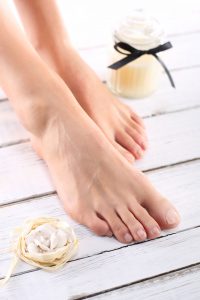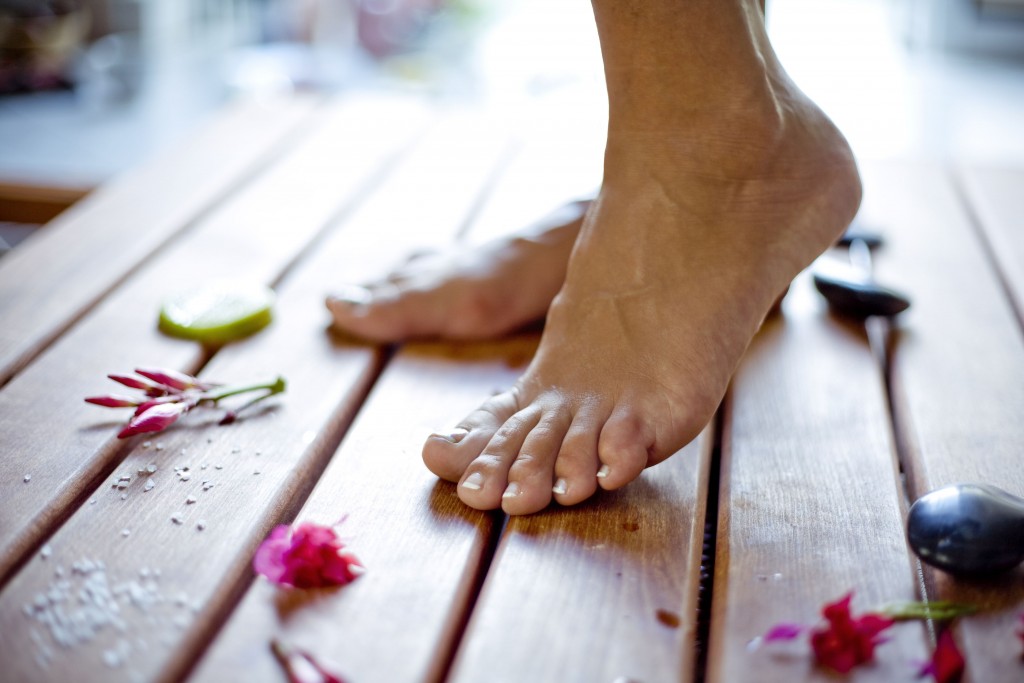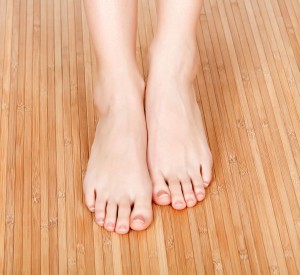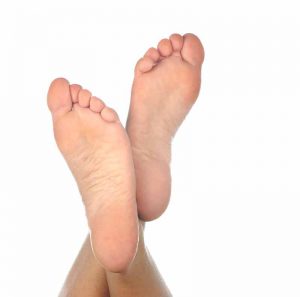Medically Reviewed by Dr. Rachel N. Verville
August 31, 2016
 There are 30 million Diabetics in the United States, and more than 1 million new patients are diagnosed every year. Chances are if you are in the Frisco area, you know somebody affected by Diabetes. And while most people associate Diabetes with high blood sugar, medication and insulin injections, the disease can also cause serious problems with your feet. In fact, every year 65,000 lower limbs are amputated due to Diabetic foot problems including Diabetic Neuropathy and poor circulation to the feet caused by Peripheral Arterial Disease (PAD). But there is good news. With the help of a skilled podiatrist, you can control many Diabetic foot conditions and maintain the use of your feet. Read on as we share 12 tips for Diabetic foot care.
There are 30 million Diabetics in the United States, and more than 1 million new patients are diagnosed every year. Chances are if you are in the Frisco area, you know somebody affected by Diabetes. And while most people associate Diabetes with high blood sugar, medication and insulin injections, the disease can also cause serious problems with your feet. In fact, every year 65,000 lower limbs are amputated due to Diabetic foot problems including Diabetic Neuropathy and poor circulation to the feet caused by Peripheral Arterial Disease (PAD). But there is good news. With the help of a skilled podiatrist, you can control many Diabetic foot conditions and maintain the use of your feet. Read on as we share 12 tips for Diabetic foot care.
1) Don’t Ignore And Do Nothing. When it comes to Diabetic foot care, no cut, blister or ulcer is too small to show a podiatrist. Because Diabetics’ feet heal more slowly than non-Diabetics’, there is an increased risk that the minor cut or scrape you have on your foot – or other condition – can get infected and cause more serious problems.
2) Wash Your Feet Daily. To fight off infections, Podiatrists suggest that Frisco Diabetic patients wash their feet daily keep them clean and healthy. Use a soft, clean towel to dry your feet (especially between your toes). If your feet are dry, use a moisturizer, just not in between your toes.
3) Inspect Your Feet Daily. When you’re a Diabetic, it’s important that you monitor you feet every day to look for cuts, blisters, ulcers, discoloration or other conditions – all of which should be reported to your Frisco podiatrist. So make sure to inspect your feet daily, or if age or another condition prevents you from doing so by yourself, get help from a family member or friend.
4) Lose Weight. Many Diabetics are overweight. By losing weight and maintaining a healthy BMI, you can better control you sugar levels and also reduce complications to your feet.
5) Exercise. Regular exercise can help you keep your weight down and improve the circulation in your feet. Walking is an excellent way for Diabetic patients to exercise.
6) Stop Smoking. There are countless medical reasons to stop smoking, and Diabetes is towards the top of the list. Smoking decreases your circulation, which can lead to more Diabetic foot problems. If you smoke and are having trouble quitting, ask your doctor or your podiatrist for help getting into a smoking cessation program.
7) Wear Properly Fitting Shoes. Podiatrists can’t stress enough how important it is for Diabetics to wear properly fitting shoes. Every time you buy a new pair of shoes, you should go to a professional shoe store where a knowledgeable sales representative can measure the length and width of your feet to get you a shoe with a comfortable fit. Additionally, Diabetics should never wear high heels, sandals (especially those with a strap between the big toe and second toe) and pointy shoes. These types of shoes put more pressure on parts of the foot and contribute to Diabetic ulcers.
8) Don’t Go Barefoot. To protect your feet from small scrapes, cuts, and blisters that can turn into something more severe, you should always wear shoes or slippers around the house, and you should never go barefoot outside.
9) Don’t Drink Alcohol Excessively. All Diabetics should monitor their alcohol intake to keep their blood sugar levels at a safe rate. But did you know that alcohol use could also affect a Diabetic’s feet? Alcohol use can speed up the effects of Diabetic Neuropathy, causing more nerve damage.
10) Wear Thick, Soft Socks. When you’re a Diabetic, it’s important that you take special care of the skin on your feet. You should wear socks with an acrylic blend, and avoid mended socks or socks with seams, which can cause blisters.
11) Don’t Wear Anything Too Tight Around Your Legs. Diabetics are already prone to poor circulation, so you should never wear anything too tight around your legs or feet. Avoid nylons, knee-highs or thigh-highs or men’s dress socks with tight elastic.
12) Never Try to Remove Calluses, Warts or Corns by Yourself. It may be tempting to try and take care of a pesky foot issue by yourself. But it’s never a good idea for a Diabetic, even if you’re using an over-the-counter solution that you’ve bought from a Frisco pharmacy. Diabetics should always see a podiatrist for help with removing calluses, warts, corns, ulcers or other foot conditions.
Call Us Today with Your Questions
If you have any questions about Diabetic foot care, call Dr. Verville’s Frisco area offices today to schedule a consultation at (214) 385-8822.











